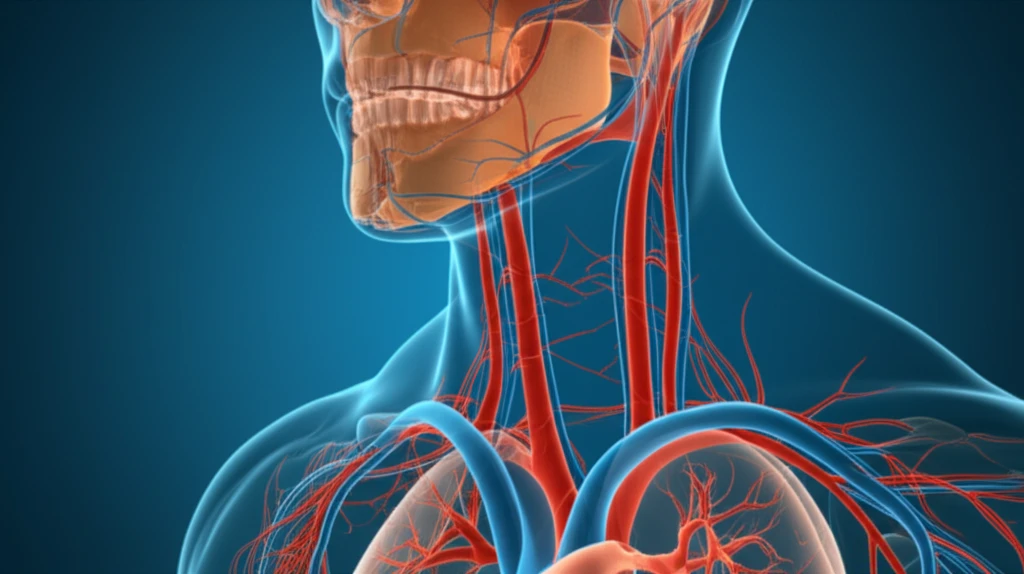
Unlocking Arterial Health: New Insights into Heart Disease and Diabetes
"Discover the latest research on early detection and innovative approaches to vascular health, especially for those at risk."
Cardiovascular disease remains a leading cause of concern, prompting researchers to explore the earliest signs of arterial damage. Traditionally, attention has focused on advanced atherosclerosis, but recent studies are shifting towards understanding the pre-atherosclerotic changes that occur much earlier in at-risk individuals. This is particularly crucial for people with hypertension and type 2 diabetes, where vascular complications are common.
Two studies shed light on these early vascular changes and their potential implications. The first investigates the internal thoracic arteries (ITAs) of hypertensive patients undergoing coronary artery bypass grafting (CABG), while the second examines the relationship between specific adipokines (PEDF and CTRP-9) and vascular damage in patients with type 2 diabetes.
This article breaks down these complex findings, offering insights into how they might improve the detection and management of vascular disease in at-risk populations.
Hypertension's Hidden Impact: Early Changes in Arteries

The first study challenges the long-held belief that internal thoracic arteries (ITAs), often used in bypass surgery, are entirely free from atherosclerosis. Researchers performed detailed histomorphological analysis on ITA segments from 47 hypertensive patients undergoing CABG. While they found only a mild degree of adventitial calcification and no overt atherosclerotic lesions, the analysis revealed subtle pre-atherosclerotic changes in the ITA walls.
- Intimal width (IW) was associated with a history of recent myocardial infarction.
- The intima-media ratio (IMR) was higher in females.
- Age and female sex were identified as predictors of intimal hyperplasia (IMR > 0.25).
Looking Ahead: Implications for Prevention and Treatment
These studies offer valuable insights into the early stages of vascular disease in hypertensive and diabetic individuals. By identifying specific markers and changes associated with increased risk, researchers pave the way for more proactive and personalized approaches to prevention and treatment.
Further research is needed to fully understand the long-term implications of these findings and to develop targeted interventions. However, these studies underscore the importance of early detection, lifestyle modifications, and tailored therapies to mitigate vascular damage and improve cardiovascular outcomes in at-risk populations.
Ultimately, by focusing on pre-atherosclerotic changes and modifiable risk factors, we can strive towards a future where cardiovascular disease is detected earlier, managed more effectively, and prevented whenever possible.
